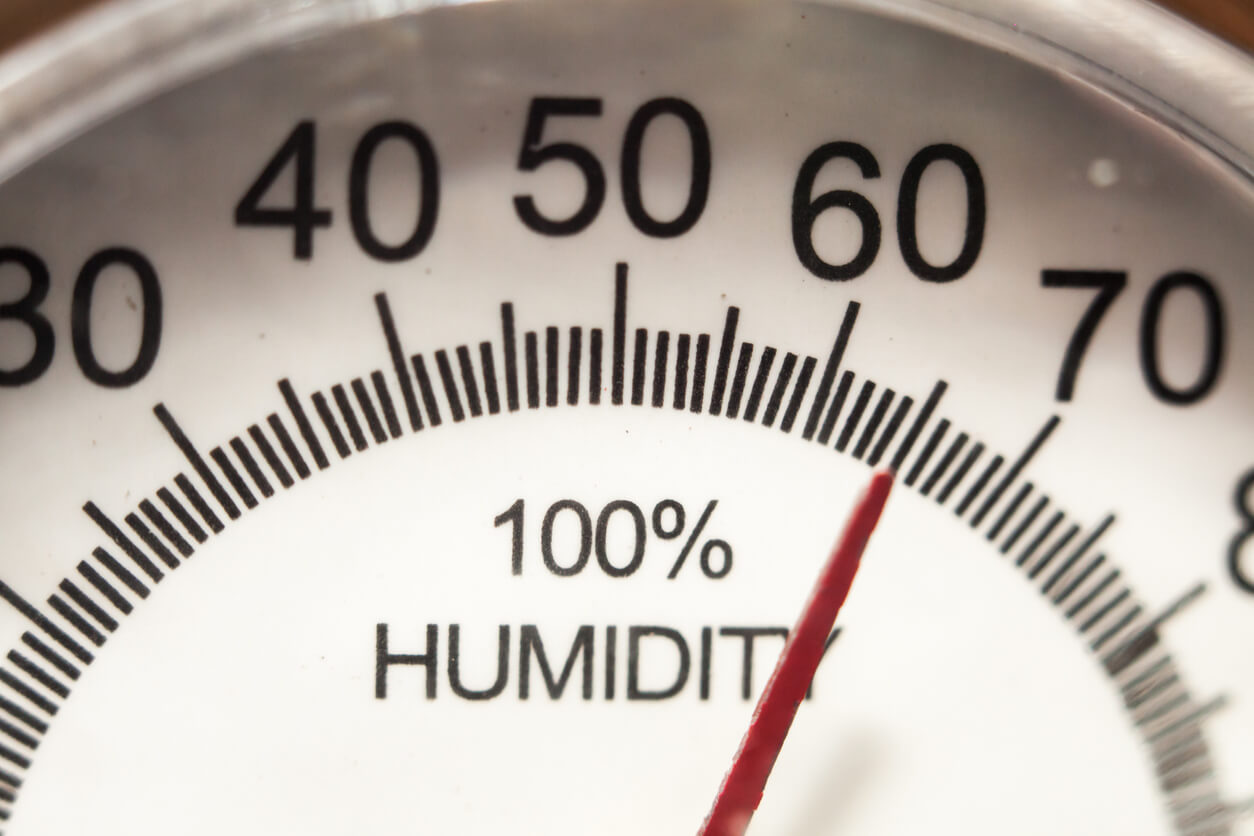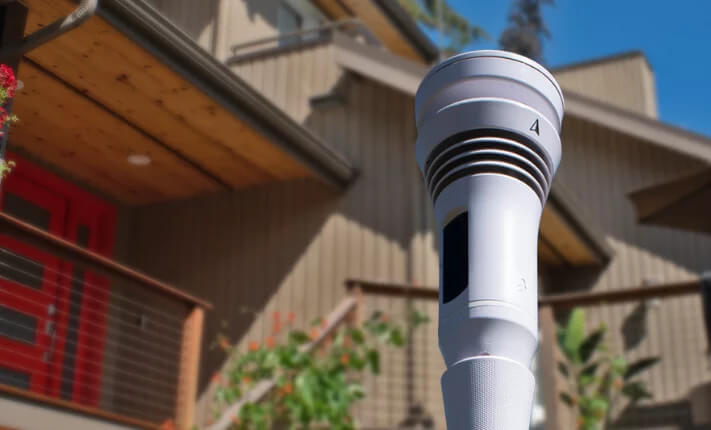
Most people can feel when it’s more or less humid than normal, but knowing what measures humidity accurately and how to interpret the tool’s readings can help you best prepare for the day ahead.
Understanding how humid it is outside can influence what you wear and the activities you do. However, if you’re unfamiliar with how humidity is measured, you might be confused about what the figures mean and how to interpret the data. With the proper tool used to measure humidity, you can accurately take a measurement of humidity levels for better comfortability indoors and outdoors.
The Tempest Weather System is an all-in-one device to help you measure humidity levels and other critical weather data.
What Measures Humidity?
Humidity is a measure of water vapor in the air. Aside from making your environment more or less comfortable, humidity levels can significantly influence the weather, agriculture operations, and your health.
A hygrometer is a common weather instrument used to measure humidity. It typically tracks how many grams of water vapor are present in the air per cubic meter of air. A few types of hygrometers are available, including digital hygrometers, psychrometers, and hair hygrometers. Each has slightly different methods for measuring the amount of moisture in the air.
See why a humidity gauge like a hygrometer is so useful for all home and business owners.
What Measures Relative Humidity?
Relative humidity (RH) is commonly used in weather forecasts and other official reports. RH measures the amount of water vapor in the air expressed as a percentage of the maximum possible amount the air can hold at a given temperature. In other words, on an 80-degree day, the air feels more damp and muggy at 80% RH than at 40% RH. This differs from specific humidity, as discussed above; specific humidity measures the actual quantity of water vapor in the air.
Since this measurement depends on the current air temperature, you may wonder what measures relative humidity. Relative humidity is measured using a hygrometer or personal weather station that is usually calibrated to take these readings.
Learn more about the different types of weather instruments to help you track humidity and other weather data like wind direction.
How Is Humidity Measured?
What instrument measures humidity? A humidity gauge like a hygrometer measures both specific and relative humidity. The hygrometer may be used separately or as part of a comprehensive weather station.
It’s easy to learn how to test humidity levels with a hygrometer. Place the tool in the environment you’d like to check, then observe what value the dial lands on to determine the relative humidity.
A smart home technology system that uses a weather station like the Tempest Weather System can provide you with a more in-depth report on the weather, including humidity. To measure humidity with this system, you simply install the sensor device in a preferred location outside and access real-time data on humidity levels right from your phone.
Measure Humidity Accurately In Your Local Area With The Tempest Weather System
Now that you know the answer to the question, “How do you measure humidity?” you can see how easy it is to read the moisture content in the air. Especially with the Tempest Weather System’s humidity sensor, you can get precise and up-to-date information on humidity levels in your specific location without depending on the unreliable accuracy of weather forecasts.
Visit the Tempest online shop to find accurate tools to measure air humidity, temperature, and more.

